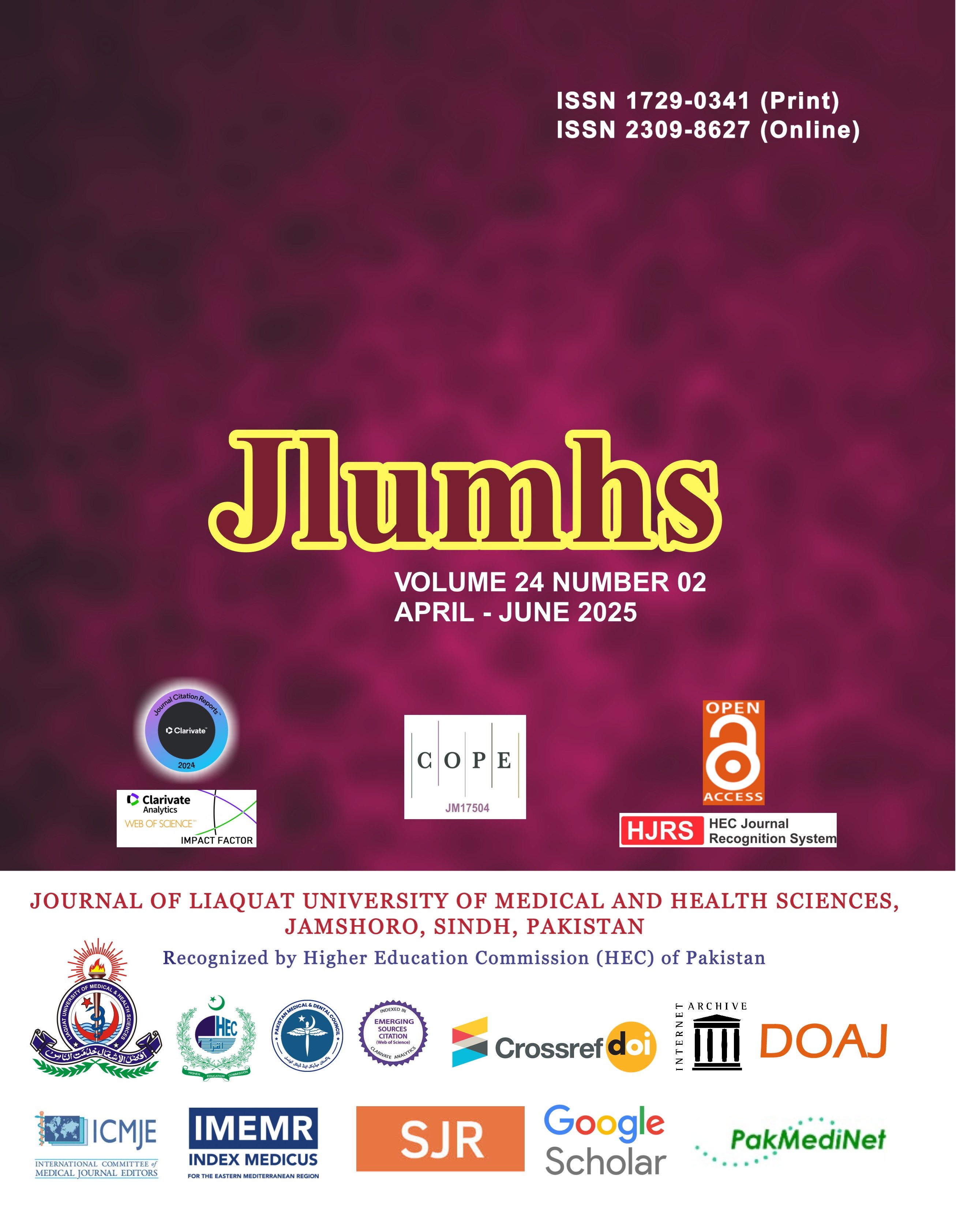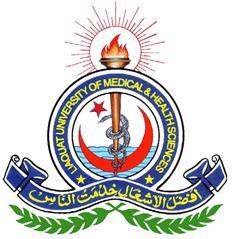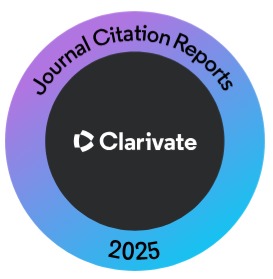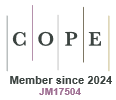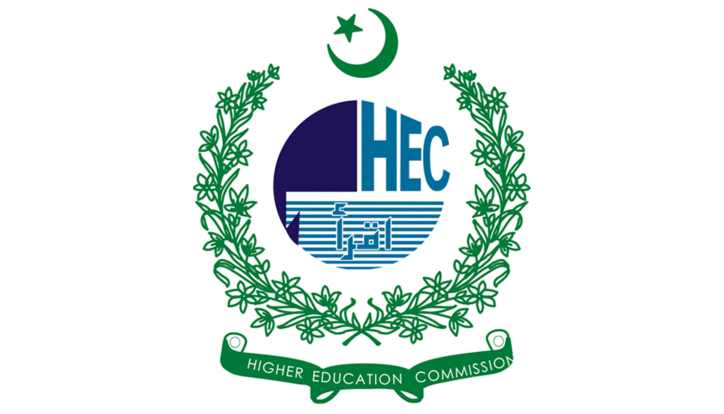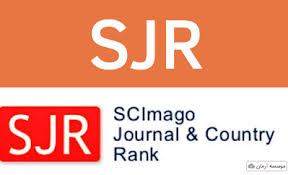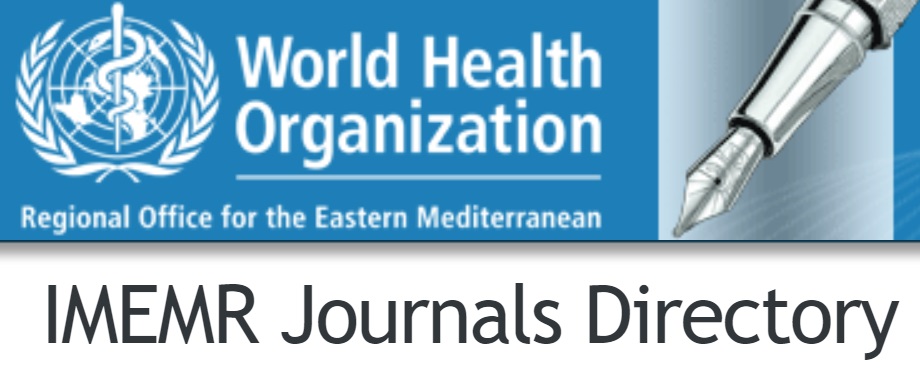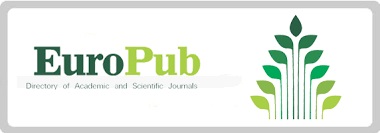Aggravating and Relieving Factors of Migraine and Tension Type Headache in the adult general population of Karachi, Pakistan
Keywords:
Migraine, headache, Anxiety, TensionAbstract
Objective: To determine the common aggravating and relieving factors among tension-type headache patients.
METHODOLOGY: This study employed a cross-sectional design, with data collected from patients who frequently visited the outpatient neurology clinic at M. Rab Medical Centre and the neurology clinic. The study duration was one year, and the sample size was calculated using the online software Open Epi. At a 95% confidence level, the resulting sample size consisted of 500 participants from both sexes and the data collection instrument was a structured questionnaire.
RESULTS: All study responses included both males (30.6%) and females (69.4%). It revealed that the most common aggravating factors increasing the intensity of headaches were Stress and anxiety (64%) along with sleep deprivation (61.4%) as well as exposure to loud noise. Regarding the reliving factors, it was revealed that 71.2% of individuals showed a significant reduction in headache intensity with Sleep, while Tea was identified as a relieving factor among 258 individuals (51.6%). Other interesting factors were also identified, including Ablution and recitation of the Holy Quran.
CONCLUSION: The study revealed that migraine and tension-type headaches in Karachi's adult population are exacerbated by factors such as anxiety, bright lights, hunger, loud noises, family problems, and insufficient Sleep. These causes differ among genders, age groups, and individuals. Women are more sensitive to anxiety, loud noises, and family problems, while younger individuals are more affected by bright lights and excessive Sleep.
References
Xie W, Li R, He M, Cui F, Sun T, Xiong J et al. Prevalence and risk factors associated with headache amongst medical staff in South China. J Headache Pain. 2020; 21(1): 1-10.
Toom K, Raidvee A, Allas K-H, Floria E, Juhkami K, Klimušev G et al. The prevalence of primary headache disorders in the adult population of Estonia. Cephalalgia. 2019; 39(7): 883-91.
Straube A, Andreou A. Primary headaches during lifespan. J Headache Pain. 2019; 20(1): 35.
Al-Shimmery EK. Precipitating and relieving factors of migraine headache in 200 Iraqi Kurdish patients. Oman Med J. 2010; 25(3): 212.
Rao GN, Kulkarni GB, Gururaj G, Rajesh K, Subbakrishna DK, Steiner TJ et al. The burden of headache disorders in India: methodology and questionnaire validation for a community-based survey in Karnataka State. J Headache Pain. 2012; 13(7): 543-50.
Wang J, Huang Q, Li N, Tan G, Chen L, Zhou J. Triggers of migraine and tension?type headache in China: a clinic?based survey. European J Neurol. 2013; 20(4): 689-96.
Tai M-LS, Yet SXE, Lim TC, Pow ZY, Goh CB. Geographical differences in trigger factors of tension-type headaches and migraines. Curr Pain Headache Reports. 2019; 23(2): 12.
Maity MK, Naagar M. A Review on Headache: Epidemiology, Pathophysiology, Classifications, Diagnosis, Clinical Management and Treatment Modalities. Int J Sci Res. 2022; 11(7): 506-15.
Zarea K, Rahmani M, Hassani F, Hakim A. Epidemiology and associated factors of migraine headache among Iranian medical students: A descriptive-analytical study. Clin Epidemiol Glob Health. 2018; 6(3): 109-14.
Current Pain and Headache Reports (2019) 23:12 doi: 10.1007/s11916-019-0760.
Zivadinov R, Willheim K, Sepic-Grahovac D, Jurjevic A, Bucuk M, Brnabic-Razmilic O et al. Migraine and tension-type headache in Croatia: a population-based survey of precipitating factors. Cephalalgia. 2003; 23(5): 336-43.
Straube A, Andreou A. Primary headache during lifespan. J Headache Pain. 2019; 20: 35.
Friedman DI, De ver Dye T. Migraine and the environment. Headache. 2009; 49: 941-52.
Wilkinson M, Woodrow M. Migraine and weather headache. Headache. 1979; 19: 375-8.
Abd El-Mawgod MM, Hashem HA, Elboraei YA. Primary Headache among University Students: Across Sectional Study. Pak J Med Health Sci. 2022; 16(03): 421-25
Zarea K, Rahmani M, Hassani F, Hakim A. Epidemiology and associated factors of migraine headache among Iranian medical students: A descriptive-analytical study. Clin Epidemiol Glob Health. 2018; 6(3): 109-114.
Bianchin L, Bozzola M, Battistella Pier A, Bernasconi S, Bona G, Buzi F et al. Menstrual cycle and headache in teenagers. Indian J Pediatr. 2019; 86: 25-33.
Curiel-Montero F, Alburquerque-Sendín F, Fernández-de-Las-Peñas C, Rodrigues-de-Souza DP. Has the phase of the menstrual cycle been considered in studies investigating pressure pain sensitivity in migraine and tension-type headache: a scoping review. Brain Sci. 2021; 11(9): 1251.
Fukui PT, Gonçalves TR, Strabelli CG, Lucchino NM, Matos FC, Santos JP et al. Trigger factors in migraine patients. Arq Neuropsiquiatr. 2008; 66(3A): 494-499.
Raskin NH. Headache. In: Kasper DL, Braunwald E, Fauci A, Hauser S, Longo D, Jameson JL, editors. Harrison's Principles of Internal Medicine. 17th ed. New York (NY): McGraw-Hill. 2008 CD.
Goldstein J, Silberstein SD, Saper JR. Acetaminophen, aspirin, and Caffeine versus sumatriptan succinate in the early treatment of migraine: Results from the ASSET trial. Headache. 2005; 45: 973-982.
Aini S. The Effect Of Reading The Quran On Health. Al-Kauniyah. 2023; 4(2): 76-86.
Jing W, Nubli M, Wahab A, Abdalla AN, Ming G, Yao L. The influence of relaxation with electromyography and Islamic prayer programs for female Muslim. Int J Physical Sci. 2012; 7(22): 2897-904.
Diamante P, Roxas A. Music Medicine as a Component of Acute Migraine Attack Management in The Emergency Room: A Randomized Controlled Open-Label Trial. Ann Headache Med J. 2020; 4(1): 1-0.
Piccininni C, Michaelson V, Janssen I, Pickett W. Outdoor play and nature connectedness as potential correlates of internalized mental health symptoms among Canadian adolescents. Prev Med. 2018; 112: 168-175. doi: 10.1016/j.ypmed.2018.04.020. Epub 2018 Apr 18.
Basdav J. The prevalence and impact of primary headaches on students at the Durban-based campuses of the Durban University of Technology (DUT). Thesis, Durban University of Technology, Durban. 2016.
Razeghi Jahromi S, Ghorbani Z, Martelletti P, Lampl C, Togha M, School of Advanced Studies of the European Headache Federation (EHF-SAS). Association of diet and headache. J Headache Pain. 2019; 20(1): 106.
JungA, Eschke RC, Struss J, Taucher W, Luedtke K. Effectiveness of physiotherapy interventions on headache intensity, frequency, duration and quality of life of patients with tension-type headache. A systematic review and network meta-analysis. Cephalalgia. 2022; 42(9): 944-65.
Waldie KE, McGee RA, Reeder I, Poulton R. Associations Between Frequent Headaches, Persistent Smoking, and Attempts to Quit. Am Headache Soc. 2008; 48(4): 545-552.
Roslan MZ. Relationship Between the Number of Cigarettes Per Day and Caffeine Intake on Headache Intensity in Faculty of Medicine Student Batch 2016 of Universitas Sumatera Utara. Asian Australasian Neuro Health Sci J. 2020; 2(1): 1-8.
Dodick DW, Loder EW, Manack Adams A, Buse DC, Fanning KM, Reed ML et al. Assessing barriers to chronic migraine consultation, diagnosis, and treatment: results from the chronic migraine epidemiology and outcomes (CaMEO) study. Headache. J Head Face Pain. 2016; 56(5): 821-34.
Lipton RB, Nicholson RA, Reed ML, Araujo AB, Jaffe DH, Faries DE et al. Diagnosis, consultation, treatment, and impact of migraine in the US: results of the OVERCOME (US) study. J Head Face Pain. 2022; 62(2): 122-40.
Mitsikostas DD, Ashina M, Craven A, Diener HC, Goadsby PJ, Ferrari MD et al. European Headache Federation consensus on technical investigation for primary headache disorders. J Headache Pain. 2015; 17: 1-8.
Downloads
Published
How to Cite
Issue
Section
License
Copyright (c) 2025 Journal of Liaquat University of Medical & Health Sciences

This work is licensed under a Creative Commons Attribution-NonCommercial-ShareAlike 4.0 International License.
Submission of a manuscript to the journal implies that all authors have read and agreed to the content of the undertaking form or the Terms and Conditions.
When an article is accepted for publication, the author(s) retain the copyright and are required to grant the publisher the right of first publication and other non-exclusive publishing rights to JLUMHS.
Articles published in the Journal of Liaquat University of Medical & health sciences are open access articles under a Creative Commons Attribution-Noncommercial - Share Alike 4.0 License. This license permits use, distribution and reproduction in any medium; provided the original work is properly cited and initial publication in this journal. This is in accordance with the BOAI definition of open access. In addition to that users are allowed to remix, tweak and build upon the work non-commercially as long as appropriate credit is given and the new creations are licensed under the identical terms. Or, in certain cases it can be stated that all articles and content there in are published under creative commons license unless stated otherwise.

